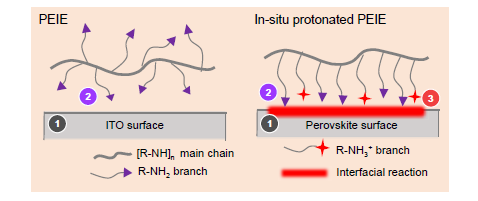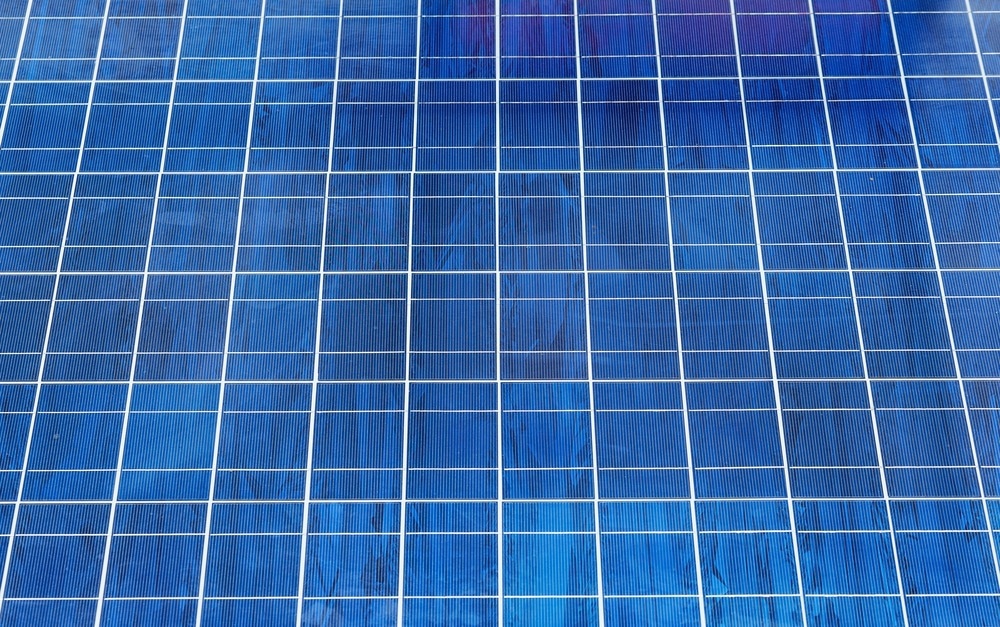Reviewed by Alex SmithNov 28 2022
Metal halide perovskite has high efficacy in solar cells as a potential photovoltaic material. Nevertheless, the minority carriers’ deep-level traps, which are present at the surface of the p-i-n perovskite solar cells, can overpower nonradiative recombination. In enhancing the power conversion efficiency (PCE) to the theoretical Shockley-Queisser limit, the precise passivation of deep-level traps has been a key consideration.

Perovskite/polymer multi-mode reactions for generic passivation. Image Credits: Zhengjie Zhu et al.
Now, a research team headed by Prof. Jixian Xu and Prof. Xiaojun Wu from the University of Science and Technology of China (USTC) of the Chinese Academy of Sciences (CAS) and their collaborators of Suzhou Institute of Nano-Tech and Nano-Bionics of CAS showed the perovskite/polymer multi-mode interactions and their association with the deep-level traps’ passivation and found a novel in-situ protonation method that considerably decreases the deep-level traps of minority carriers. Joule published this study.
Earlier known interaction modes at the perovskite/polyethyleneimine (PEI) interface comprise traditional metal-chelation and physisorption, which display minor passivation effects and passivate the majority of carrier traps. To resolve this issue, the scientists employed high-sensitivity X-Ray photoelectron spectroscopy (XPS) and sum-frequency-generation spectroscopy to find an in-situ protonation approach of the amine group at the perovskite/PEI surface.
 Image Credit: Jozef Klopacka/Shutterstock.com
Image Credit: Jozef Klopacka/Shutterstock.com
They examined the association between various interaction traps and modes by integrating deep-level transient spectroscopy (DLTS) and density functional theory (DFT). The results revealed that the in-situ protonation in perovskite can efficiently passivate deep-level traps of minority carriers, whereas traditional ex-situ protonation fails to do the same.
Also, the scientists compared the passivation impact and the volt-ampere features of PEI with various configurations—like branched, linear, and ethoxylated PEIs—and showed the synergistic impact of the functional configurations and group. They proposed that the multi-mode passivation of a single functional group must also be taken into account, in addition to the usual thinking of enhancing the passivation applicability by increasing the varieties of functional groups.
The scientists also utilized the passivation strategy in p-i-n perovskite solar cells of different band gaps, where each of them displayed considerable development in PCE.
The perovskite/polymer multi-mode interactions disclosed in this study offer a likely way to create a universal passivation strategy and enhance power conversion efficacy in the coming days.
Journal Reference:
Zhu, Z., et al. (2022) Correlating the perovskite/polymer multi-mode reactions with deep-level traps in perovskite solar cells. Joule. doi.org/10.1016/j.joule.2022.10.007.